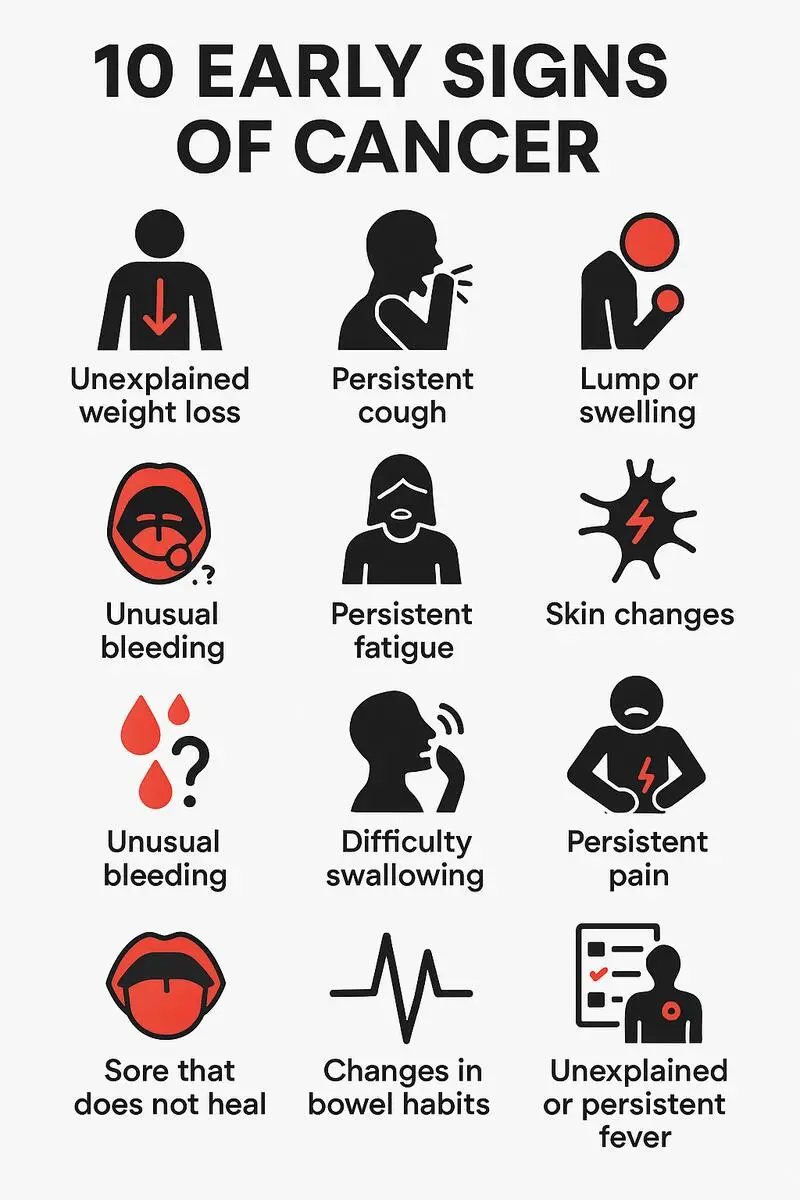- Published on: Dec 11, 2023
- 2 minute read
- By: Secondmedic Expert
What 'White Lung' Pneumonia Means: A Quick And Easy Overview
What is White Lung Pneumonia? A Comprehensive Guide to Understanding this Condition
Have you ever heard of White Lung Pneumonia? If not, you're not alone. This lesser-known form of pneumonia can be a serious health concern. In this comprehensive guide, we'll delve into the depths of White Lung Pneumonia, uncovering its symptoms, causes, and treatment options. Join us as we unravel the mysteries behind this condition and shed light on the importance of early detection and proper management.
White Lung Pneumonia: An Overview
White Lung Pneumonia, also known as lipid pneumonia, is a specific type of pneumonia caused by the inhalation or aspiration of fatty substances into the lungs. This condition primarily affects individuals who are exposed to or ingest oils, fats, or lipid-containing substances. While relatively rare, White Lung Pneumonia can lead to serious respiratory complications if left untreated.
Understanding White Lung Pneumonia
White Lung Pneumonia, as the name suggests, is characterized by the accumulation of lipid-laden macrophages in the lung tissue, leading to inflammation and impaired respiratory function. This condition can be caused by the inhalation of oils or fats, such as mineral oil or petroleum jelly, as well as the aspiration of fatty substances during swallowing. While the incidence of White Lung Pneumonia is relatively low, its potential impact on respiratory health cannot be overlooked.
Symptoms of White Lung Pneumonia
The symptoms of White Lung Pneumonia may include persistent cough, chest pain, difficulty breathing, and in severe cases, fever and chills. These symptoms can be indicative of the inflammatory response within the lungs, highlighting the need for timely medical intervention.
Causes of White Lung Pneumonia
The inhalation or aspiration of lipid-containing substances is the primary cause of White Lung Pneumonia. Individuals who are exposed to aerosolized oils or ingest fatty substances are at an increased risk of developing this condition. Understanding the sources of lipid exposure and taking necessary precautions can play a crucial role in preventing White Lung Pneumonia.
Treatment and Management
Diagnosis of White Lung Pneumonia typically involves a thorough evaluation of the patient's medical history, physical examination, and imaging studies such as chest X-rays or CT scans. Treatment may involve supportive care, including oxygen therapy and bronchodilators, to alleviate respiratory distress. In severe cases, hospitalization and intravenous antibiotics may be necessary to manage the infection and prevent further complications.
The Role of Dietary Recommendations
In addition to medical intervention, dietary modifications can also play a significant role in managing White Lung Pneumonia. Research suggests that certain dietary factors, such as the consumption of full-fat yogurt, may have implications for metabolic health and blood sugar control. Individuals with prediabetes or diabetes can benefit from incorporating low-fat yogurt into their diet, as part of a balanced and healthy eating plan.
Consulting Healthcare Professionals
When it comes to managing White Lung Pneumonia, as well as prediabetes or diabetes, seeking guidance from healthcare professionals is essential. Whether it's discussing the symptoms of White Lung Pneumonia with a pulmonologist or seeking dietary recommendations from a registered dietitian, the expertise of healthcare professionals can provide valuable insights and personalized care.
The Importance of Online Doctor Consultation
In today's digital age, online doctor consultation has emerged as a convenient and accessible avenue for seeking medical advice. Individuals with respiratory concerns, metabolic health issues, or dietary queries can benefit from virtual consultations with qualified healthcare professionals. This approach not only promotes timely intervention but also fosters a collaborative partnership between patients and healthcare providers.
White Lung Pneumonia, though relatively uncommon, warrants attention due to its potential impact on respiratory health. By understanding the symptoms, causes, and treatment options associated with this condition, individuals can empower themselves to make informed decisions about their health. Furthermore, the incorporation of dietary recommendations and the utilization of online doctor consultation can serve as invaluable resources for promoting holistic well-being.
Read FAQs
A. Another term for "white lung" is often used to refer to a medical condition called pneumoconiosis. Pneumoconiosis is a general term for a class of lung diseases caused by the inhalation of various types of dust, including silica, coal, and asbestos. These diseases can result in lung tissue inflammation and scarring.
A. The last stage of lung disease can vary depending on the specific lung condition. Generally, advanced stages of lung disease may be referred to as end-stage or terminal. For example, in chronic obstructive pulmonary disease (COPD), the final stage is often termed "end-stage COPD" when the lungs are severely damaged, and the individual may experience significant difficulty breathing.
A. The term "white lung" is not typically used to describe a collapsed lung. A collapsed lung, also known as pneumothorax, occurs when air leaks into the space between the lung and the chest wall, causing the lung to collapse. The color of the lung tissue itself does not change due to the collapse. The term "white lung" is more commonly associated with conditions that involve the inhalation of certain types of dust, leading to lung disease, as mentioned in the first point.









